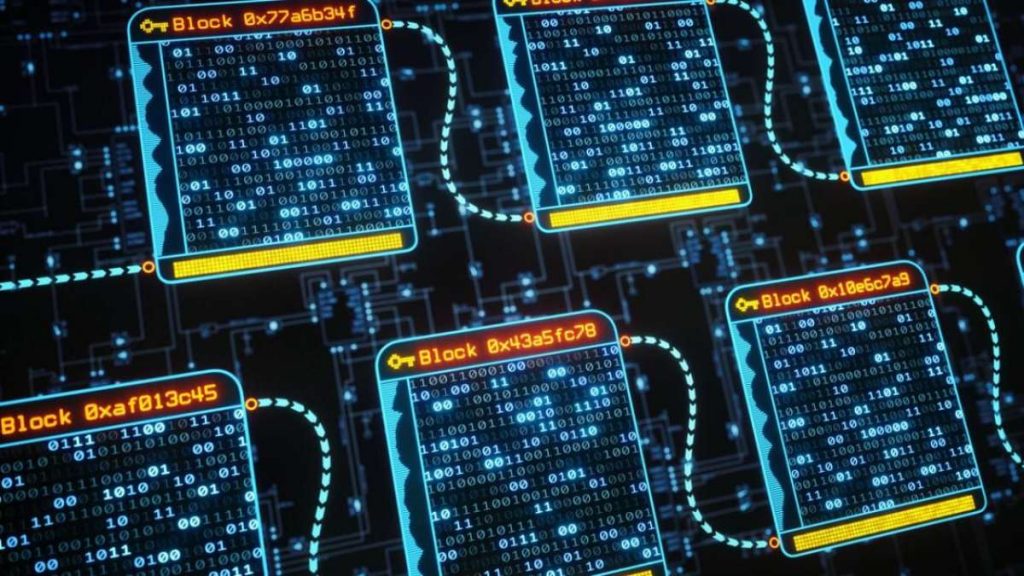Interest in NFT art has increased over the past several months as celebrities create and sell their own NFT collections, selling for outrageous amounts. Likewise, many digital artists are gaining the visibility they need in order to establish their names in the art community.
This is exemplified by Beeple, known in the real world as graphic artist Mike Winkelmann, who has sold his collage of 5,000 digital art pieces for a whopping $69.3 million. News of NFT art selling for exorbitant amounts is also one of the reasons why there is high interest in NFT art, and all kinds of artists—whether famous or not—are putting out their own NFT collections.
Breaking News: The first NFT sold by Christie’s was just bought for $69.3 million. The price for “Everydays — The First 5000 Days,” by the artist Beeple, is a new high for an artwork that exists only digitally. https://t.co/JzsQG6i0tF
— The New York Times (@nytimes) March 11, 2021
NFT stands for non-fungible tokens, and it is one of two states of existence of tokens. The other is its exact opposite: fungible tokens. Tokenization is the process of digitally converting the rights, as well as the corresponding benefits of ownership, of a physical or digital asset into a token on a blockchain. A fungible token is one that is divisible and interchangeable.
A good example of fungible tokens is real estate, wherein it can be fairly exchanged for fiat currency at its current market value, where neither buyer nor seller gains or loses anything. A real estate property that has been converted into a fungible token can also be divided between different owners.
An NFT, on the other hand, is indivisible, unique and irreplaceable in nature, leading to a verifiable scarcity. And because NFTs exist on the blockchain, provenance, authenticity and ownership are recorded immutably. This means that when properly curated, buyers and collectors are guaranteed that the NFT art they are purchasing is authentic and one of a kind.
As NFT art continues to be produced by artists and celebrities to meet the increasing demand, will blockahains be able to handle the foreseeable congestion on their networks during the the sale of NFTs? This question is a legitimate concern as demonstrated by the failed transactions and extremely high gas fees during the sale of the Stoner Cats NFT art collection, an animated TV show produced by Mila Kunis and Ashton Kutcher funded by NFTs on the Ethereum (ETH) blockchain.
PS. We are going to personally gift ETH to cover all failed transaction fees. More details to come.
— ashton kutcher (@aplusk) July 31, 2021
Although NFT art on the unscalable ETH network is not sustainable, there are other networks that also allow the creation and sale of NFTs for so much less and in a much more efficient way. Fabriik, is a prime example of an NFT marketplace that allows for smoother and cheaper transactions because it is built on the BSV blockchain, which is infinitely scalable and provides much cheaper transaction fees.
This is illustrated by the BSV network’s high throughput at over 5,000 transactions per second (tps) with a current average fee per transaction of $0.037, compared to ETH’s maximum of 70 tps and $15.91 transaction fee. BSV’s Teranode project expected to be released later this year will increase the network’s throughput to over 50,000 tps, which will also further lower the transaction fees.
Because a high demand for NFT products drive competition to provide better services, it can be said that NFT art will not remain a fleeting trend—at least with digital asset marketplaces like Fabriik running on a scalable and efficient blockchain—but is a precursor to the rise of the digital economy.

